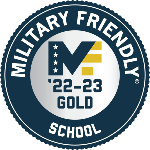Tutor Training
TASC Home
TASC Hours and Contact Info
Writing Center
Math Computer Lab
Online Tutoring
Language Arts Lab
Tutor Training
Learning Styles
The way a person prefers to learn is called his/her learning style. There is no right or wrong/good or bad learning style. It has nothing to do with intelligence or skills. It has everything to do with the way a person’s brain works to learn and store information efficiently. Since everyone learns differently, understanding learning styles can help you become a better tutor.
By examining learning styles, you will become aware of how each person’s brain learns best. This awareness gives you and your tutees the chance to study effectively.
Tell Me About Learning Styles
There are many different types of learning styles. Sensory Learning Styles group people into three categories: Auditory (learn by hearing), Tactile (learn by doing), and Visual (learn by seeing or writing). To determine your learning style (or your tutee’s learning style), click on the following link to take a Learning Style Inventory.
The more you examine learning styles, the more you and your tutees will benefit from strategies geared toward their most proficient style. You can also use this information for modeling skills that your tutee can use independently. The following are tutoring tips based on learning styles.
Tutoring Tips based on Learning Style
More information on characteristics and study tips are available on the Learning Styles page. For the time being, you may proceed with the training after viewing the information below:
-
Auditory Learners
- Encourage them to explain the material to you, as if they were the tutor.
- Ask them to read explanations aloud.
- Ask the student to make up a song using the subject material, the “crazier” the better.
- Tell the students they can review audio tapes while they drive.
- Advise them that when they are learning new information, state the problem aloud. Reason through solutions aloud.
- Ask the student to say words in syllables.
- Refer them to our study skills videotapes.
- Encourage them to make up and repeat rhymes to remember facts, dates, names, etc. Make sure they go over all of the important facts aloud.
- Advise the student to join or create a study group, or to get a study partner.
- To learn a sequence of steps, write them out in sentence form and read them aloud.
- Ask the student to use mnemonics and word links.
- Involve the student in a discussion of the material.
-
Tactile/Kinesthetic Learners
- Encourage them to pick up the book as they are reading or talking.
- Have them write while they are reading or talking.
- Encourage them to walk around TASC for appropriate books and other resources.
- Advise them to sit near the front of their classroom and to take notes. This will keep the student focused.
- Advise them to spend extra time in any labs offered.
- Encourage them to use the computer to reinforce learning using their sense of touch.
- Advise them to write with their fingers in sand.
- Have them write lists repeatedly.
- Advise them to exaggerate lip movements in front of a mirror.
- Ask them to stand while they explain something to you.
- Ask them to use rhythm (beats) to memorize or explain something.
- As the student is explaining something, have the student point to the subject matter in the book, on the board, etc., while reading it aloud.
- Ask them to use gestures when giving explanations.
- Advise them to make models that demonstrate the key concept. (The purpose here is the act of making the model.)
- Advise students to use hands-on experience when possible.
- Make flashcards for each step in the procedure. Put the cards in order until the sequence becomes automatic.
- Use audio tapes from classes. Play them while they walk or exercise.
- Ask them to stretch and move in the chairs.
-
Visual Learners
- Let them take notes during the tutoring session.
- Use a whiteboard or notepaper for both of you to write questions and answers.
- Encourage the use of color-coded highlighting.
- Use graph paper to help them create charts and diagrams that demonstrate key points.
- Have them use mnemonics, acronyms, visual chains, and mind maps.
- Advise them to use the computer to organize materials and to create graphs, tables, charts, and spreadsheets.
- Ask the student to organize the material.
- Use visual analogies. Use photographs.
- Use visual metaphors.
- When you ask them to explain something, suggest they do so by writing the explanation down.
- Ask the student to make flashcards and use them during the sessions. The act of first writing the cards and then viewing them doubles the student’s comprehension.
- Encourage them to visualize the scene, formula, words, charts, etc.
- Refer them to the TASC’s CD-ROM’s or other computer software.
- Use illustrations.
- Refer them to the Study Skills videotapes.
You may have noticed that several strategies are listed under more than one learning style, for instance, making flashcards will help the tactile learner to absorb the information as he writes it out on the cards, while the visual learner will obviously benefit from the flashcards as well. Keep in mind that no one single approach is best for all students of a particular learning style, and every student has a “blend” of different learning styles best suited to them.
 TRCC EXTRANET
TRCC EXTRANET




